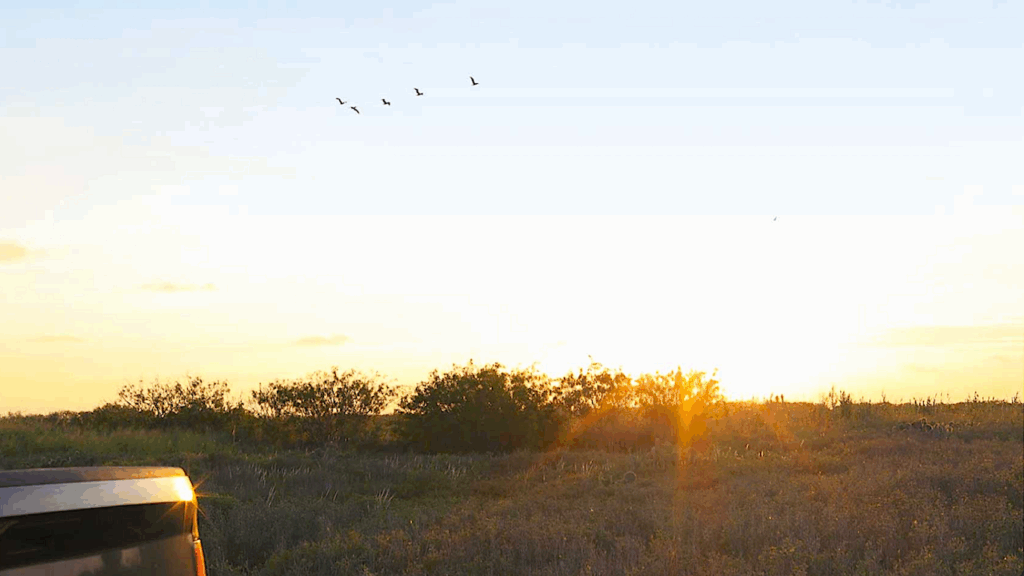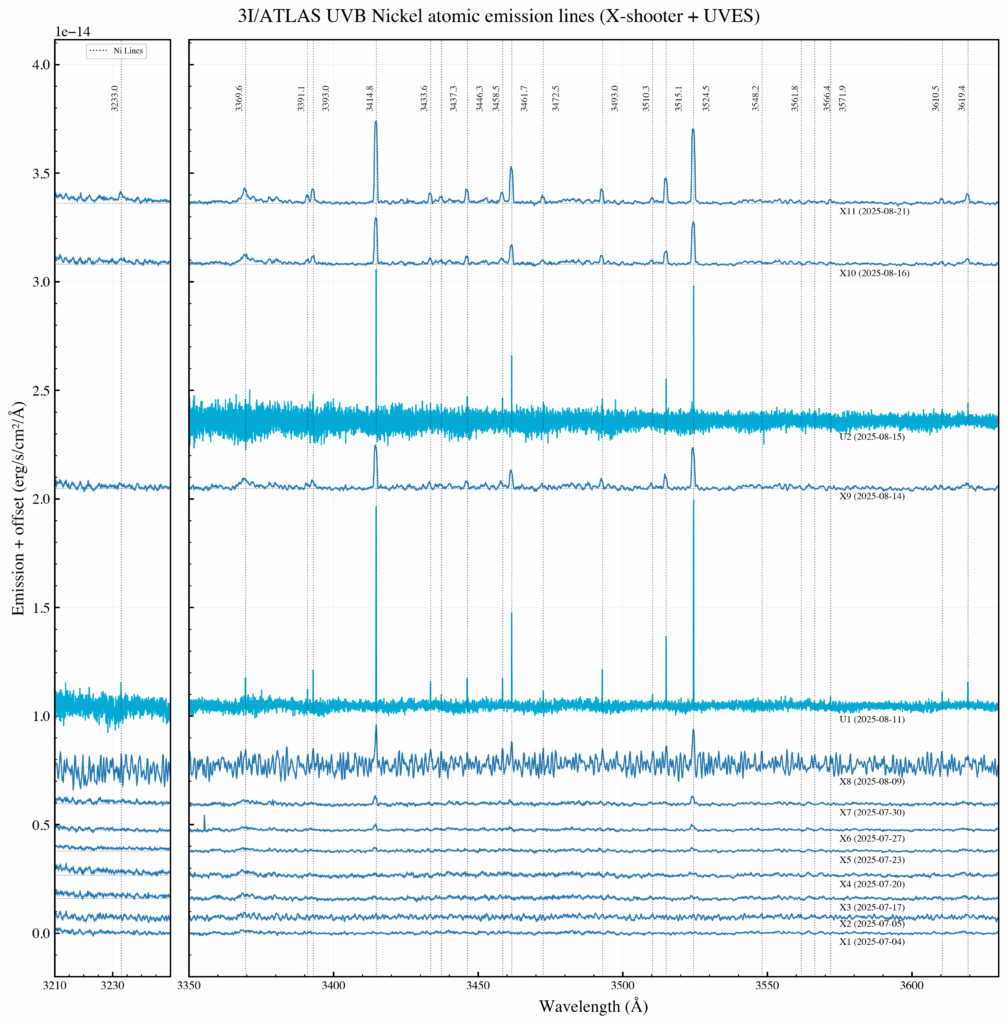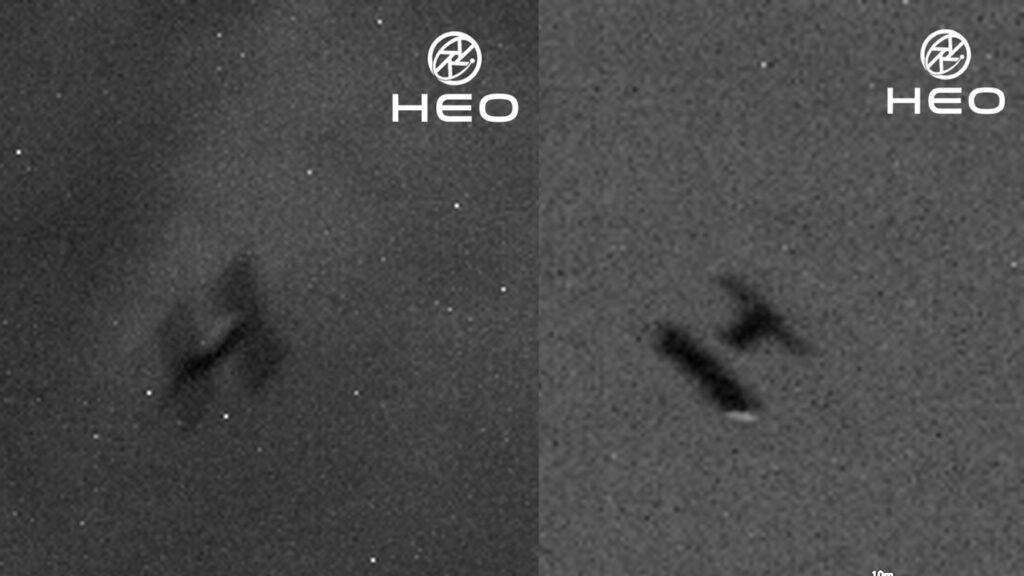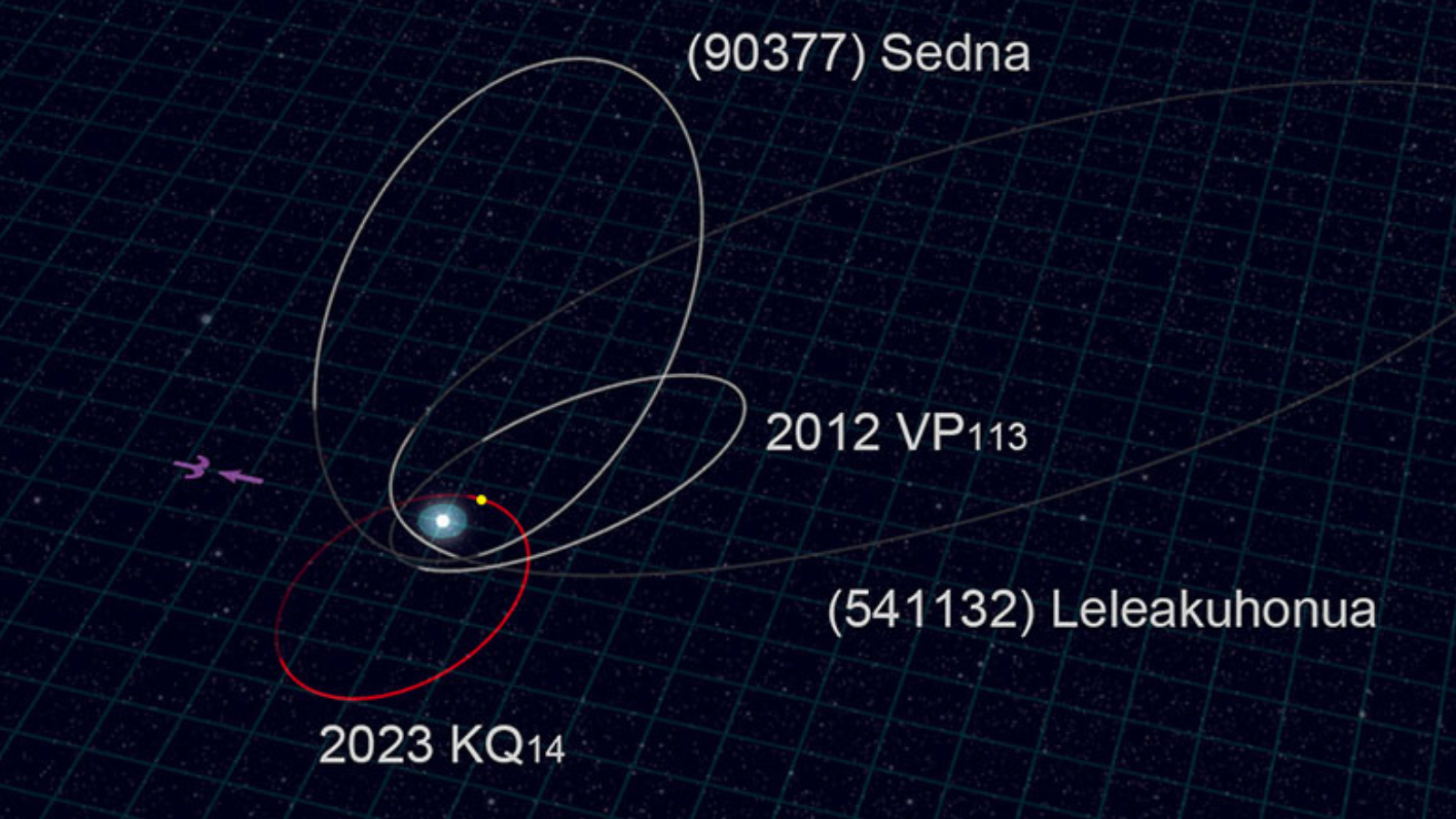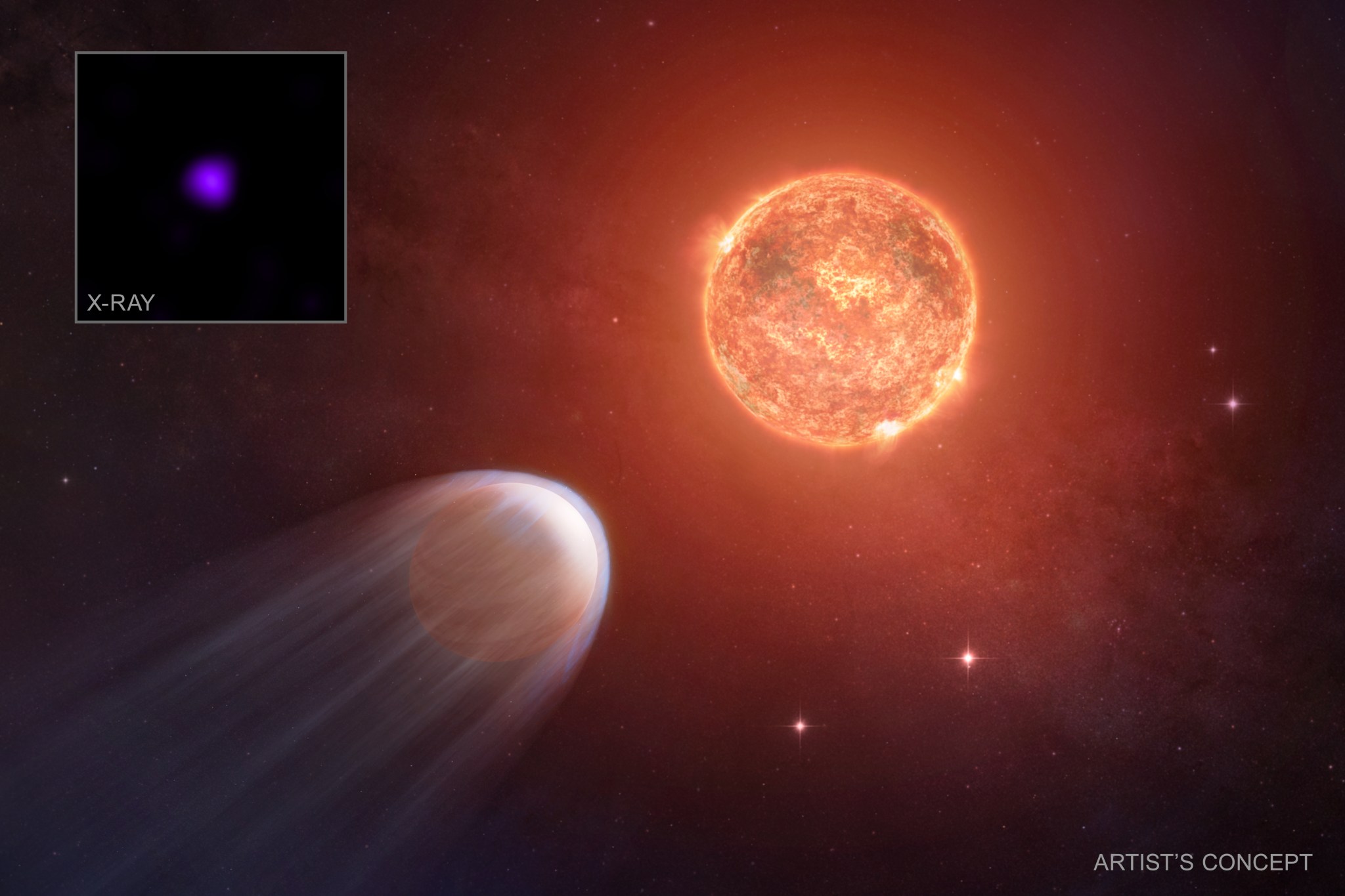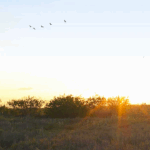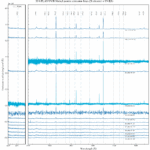Now Reading: Dust devils on Mars leave ‘fingerprints’ that can guide future Red Planet missions
-
01
Dust devils on Mars leave ‘fingerprints’ that can guide future Red Planet missions
Dust devils on Mars leave ‘fingerprints’ that can guide future Red Planet missions
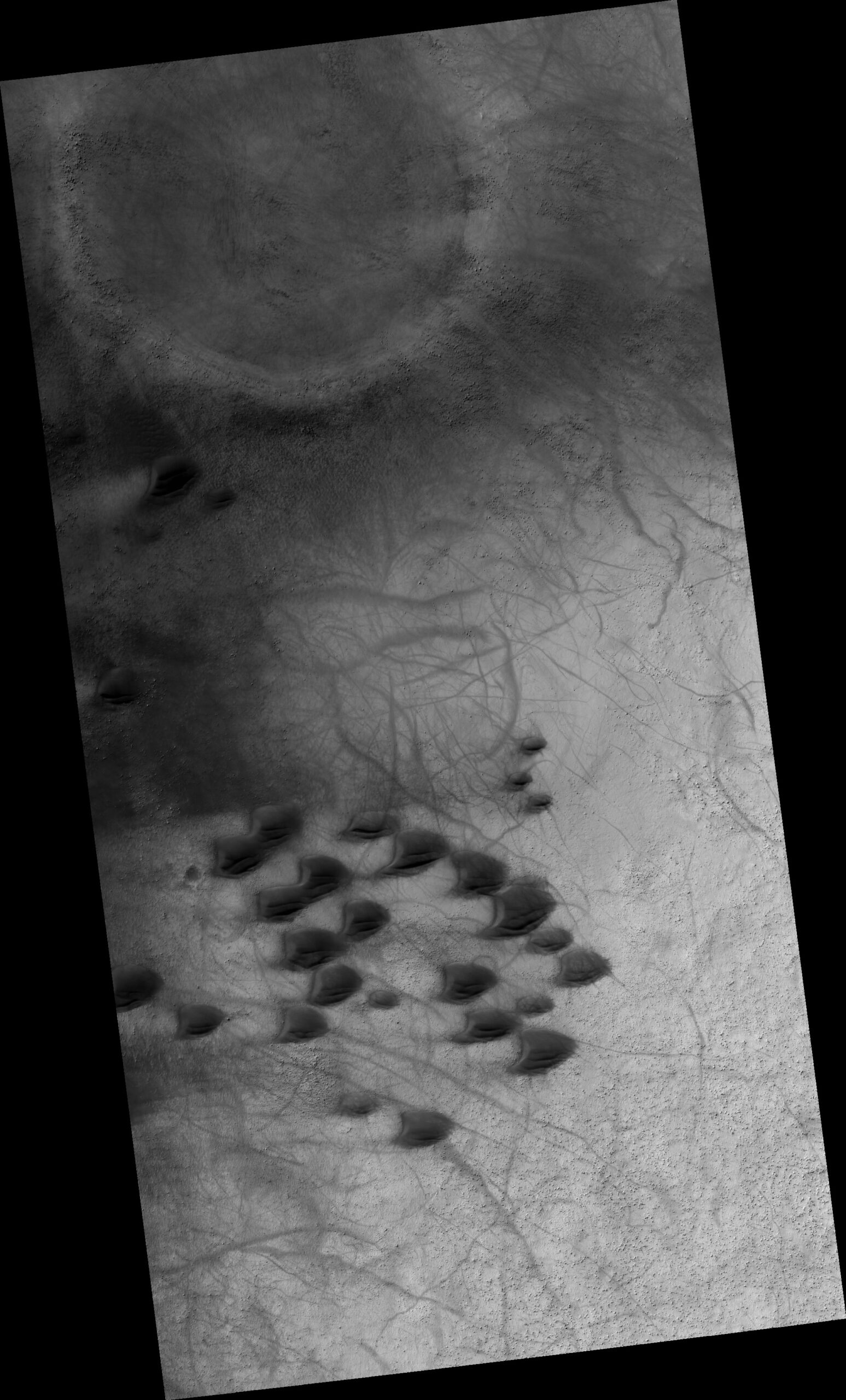
Martian dust devils are fleeting, but the footprints they leave behind can endure for months. Now, researchers have used those tracks to learn about the whirlwinds and potentially guide future mission planning.
As wind swirls across the landscape on both Mars and Earth, it sweeps up ground particles that reveal the dry columns. The whirlwinds dance across the landscape, leaving a path revealed by excavated particles. On the active surface of Earth, such paths are hard to spot. But on the nearly inactive surface of Mars, they can remain for months, long after the devils’ minutes-long lifetimes.
“Dust devils themselves are difficult to capture in images because they are so short-lived,” Ingrid Daubar, a planetary scientist at Brown University and lead author of the study, told Space.com by email. “The tracks they leave behind last longer, so we are able to observe them more thoroughly.”
Dusting off the fingerprints
On warm, windy days in Earth’s deserts, vortices of sand and debris can form suddenly and move unpredictably. (This author distinctly recalls being “chased” by one such devil in the Mojave Desert as a child in 1990.) Similar conditions on Mars can also produce dust devils. But the whirls on the Red Planet tend to be both wider and taller than their counterparts on Earth, and scientists aren’t sure why.
Questions like these led Dauber and her colleagues to study images from the High Resolution Imaging Science Experiment (HiRISE) on NASA’s Mars Reconnaissance Orbiter — the highest-resolution photos of the planet snapped from space. HiRISE can capture features as small as 3 feet (1 meter). But its detailed perspective comes at a price: Its images cover only a small percentage of the Martian surface and are taken by request, though most latitudes and longitudes are well sampled.
Dauber’s team studied 21,475 HiRISE images taken between January 2014 and April 2018 — roughly a quarter of the snapshots captured by the instrument as of autumn 2024. Tracks appear in only 798 of those, or just under 4%. Dust devil tracks (DDTs) suggest dust devils are more common at high northern and southern latitudes and are especially active in each hemisphere’s summer, peaking in the southern hemisphere’s summer.
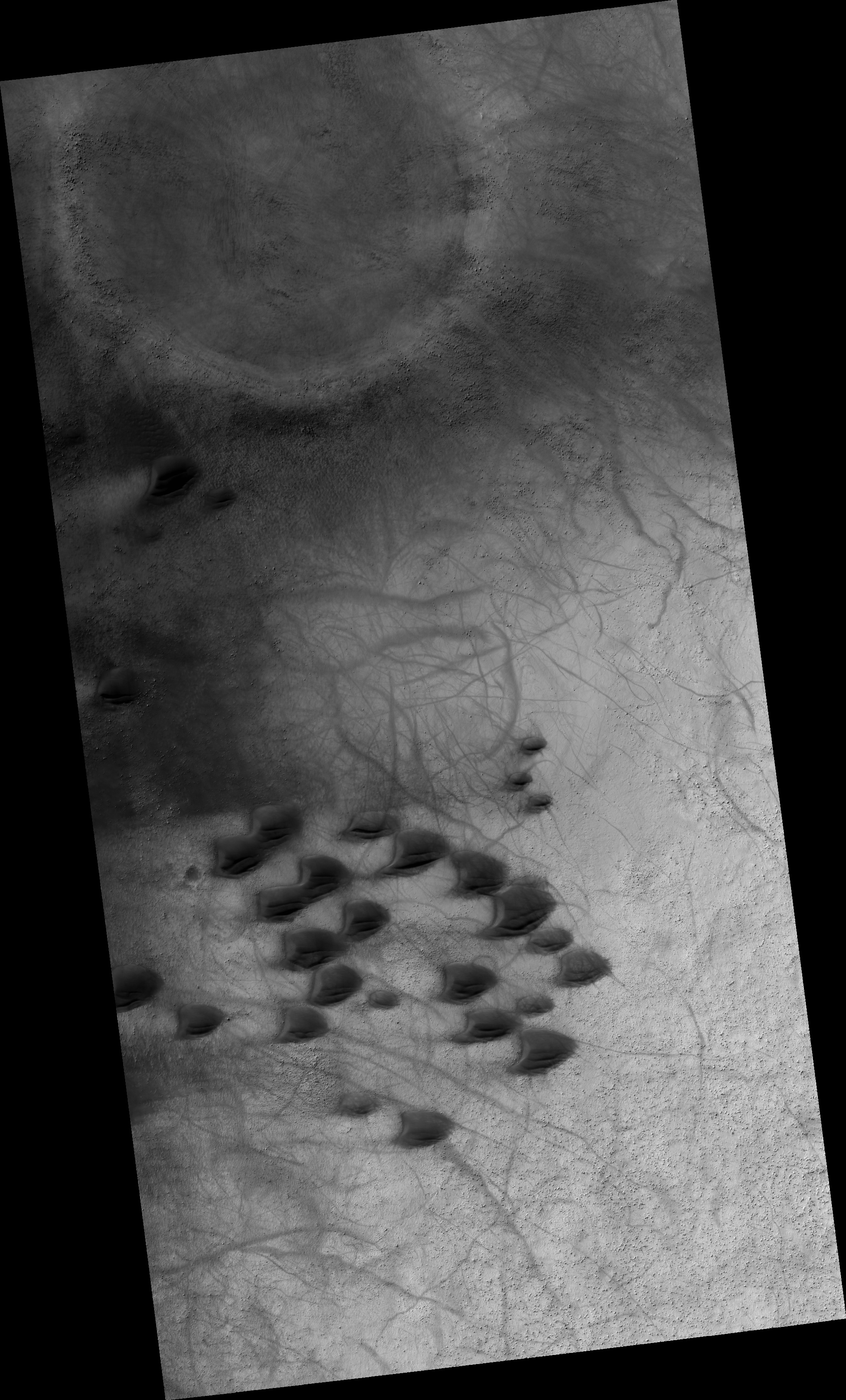
According to the researchers, Mars’ significant orbital eccentricity, or deviation from a perfect circle, causes the atmosphere in the southern summer to circulate more energetically, creating conditions ideal for vortex formation. That, combined with less dust accumulation in the North, makes the southern hemisphere summer an almost perfect storm for dust devils. The observations reflect peak DDT preservation more than dust devil formation, the researchers cautioned, but the culmination coincides with the peak observed by NASA’s Spirit rover at Gusev crater, along with global observations of the sand spouts.
The researchers also realized that DDTs most commonly form and are preserved in regions of mixed sand, rocks and bedrock, with little bright dust, the most common surface type identified on Mars. Bright dust scooped up from the surface leaves behind trails that are dark from the underlying landscape.
“The material on the ground is critical to the formation of the DDTs,” Dauber said.
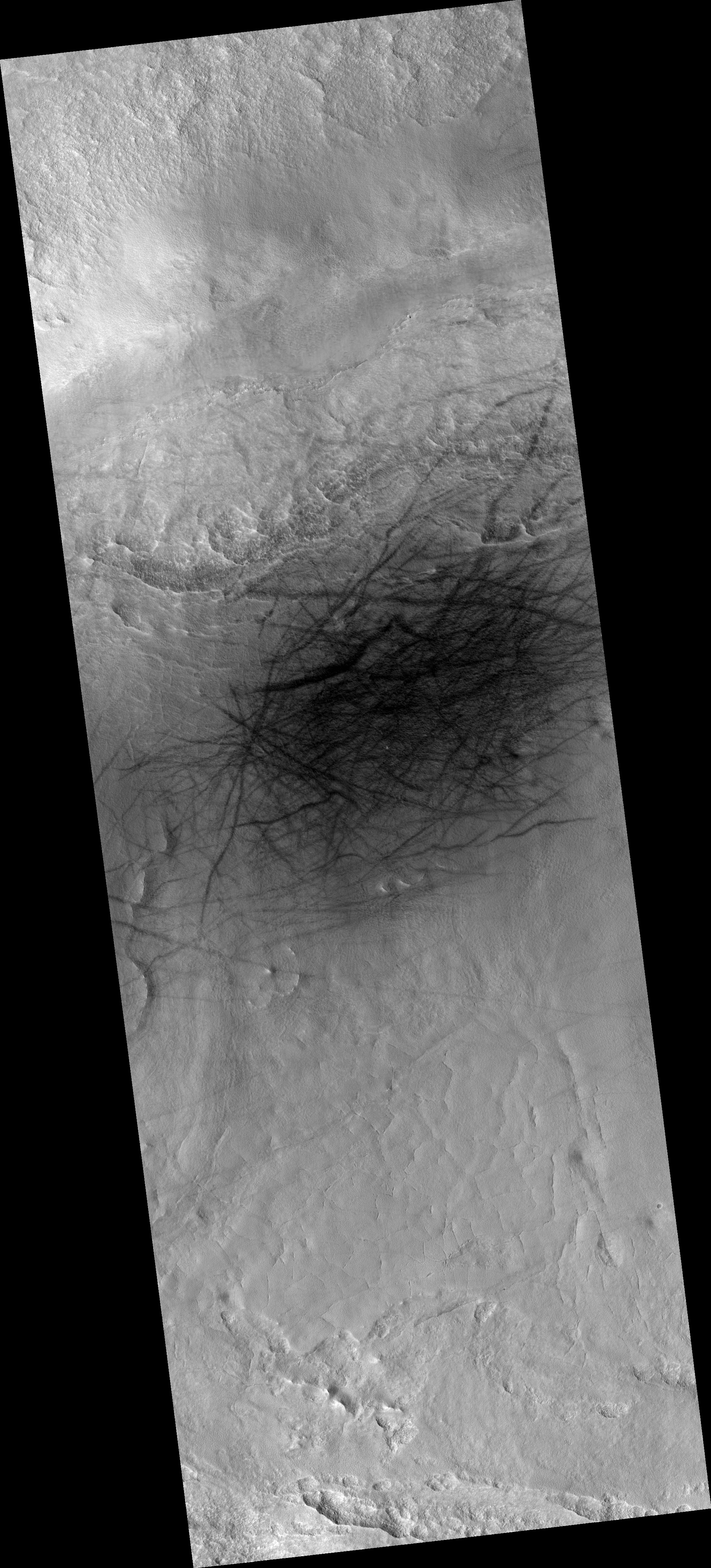
Dusty missions
The first Martian dust devil tracks appeared in images sent back from NASA’s Mariner 9 mission in 1972 (although they weren’t discovered until the images were analyzed in 2014). But it wasn’t until 1998, when higher-resolution images were captured by Mars Global Surveyor, that the tracks could be seriously analyzed.
RELATED STORIES
Dust has hindered past ground missions. Mars rovers take their energy from the sun via solar panels. Over time, dust builds up on the panels, limiting their efficacy. The blockage has shuttered missions like NASA’s Opportunity rover, which explored the surface for 14.5 years. NASA’s InSight lander also succumbed to a dust-related death after four years.
The high winds that birth dust devils can also revitalize robots, however. Opportunity’s twin, Spirit, got a second lease on life after a Martian whirlwind cleaned its solar arrays back in 2005.
Understanding where dust devils are most active can help in the selection of landing sites for future missions. High-latitude bands where DDTs and their progenitors occur more frequently could help to scour solar panels and thus enable a more enduring exploration.
“It depends on the mission — every mission is unique,” Daubar said. There are many requirements for landing sites and exploration, including regions that will allow for a safe touchdown, alongside complex scientific goals.
“It could be that there are only a few places where the specific science goals can be achieved, and then perhaps this could be a deciding factor between those sites,” she said.
A new study of dust devils on Mars was published in May 2025 in the journal Geophysical Research Letters.
Stay Informed With the Latest & Most Important News
Previous Post
Next Post
-
 012024 in Review: Highlights from NASA in Silicon Valley
012024 in Review: Highlights from NASA in Silicon Valley -
 02Panasonic Leica Summilux DG 15mm f/1.7 ASPH review
02Panasonic Leica Summilux DG 15mm f/1.7 ASPH review -
 03How New NASA, India Earth Satellite NISAR Will See Earth
03How New NASA, India Earth Satellite NISAR Will See Earth -
 04And Thus Begins A New Year For Life On Earth
04And Thus Begins A New Year For Life On Earth -
 05Astronomy Activation Ambassadors: A New Era
05Astronomy Activation Ambassadors: A New Era -
06SpaceX launch surge helps set new global launch record in 2024
-
 07Space Force plans new ‘Futures Command’ amid pressure to speed up modernization
07Space Force plans new ‘Futures Command’ amid pressure to speed up modernization












